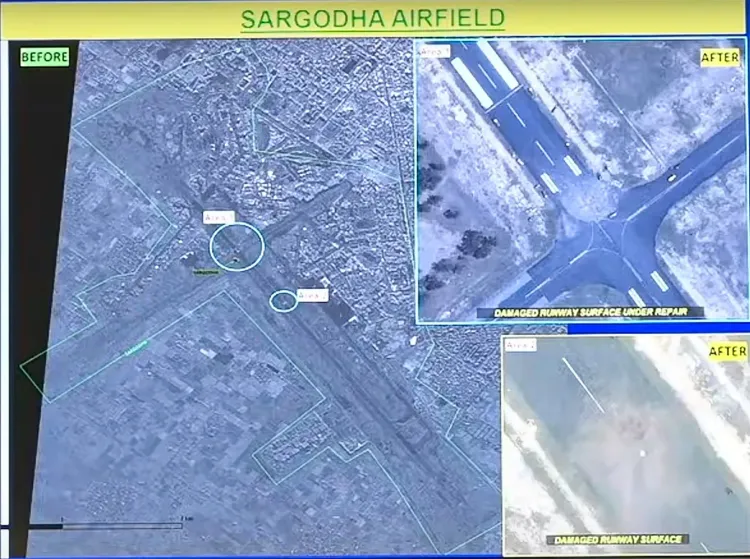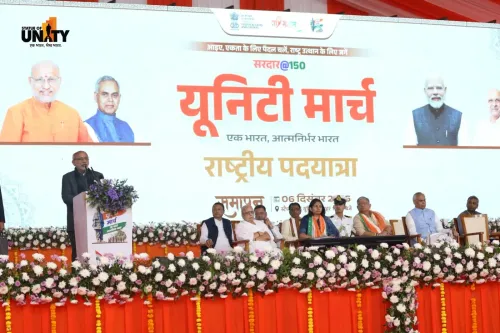Did India's Operation Sindoor Unmask Pakistan's Defence Failures?

Synopsis
Key Takeaways
- Operation Sindoor highlighted vulnerabilities in Pakistan's air defense.
- Chinese air defense systems performed poorly against Indian strikes.
- Pakistan's reliance on Chinese arms raises questions about operational readiness.
- Claims of downed Indian aircraft remain unverified.
- The incident could affect China's global arms reputation.
New Delhi, May 18 (NationPress) During the devastating period from May 7 to May 10, Indian drones, bombs, and missile strikes unleashed chaos in Pakistan as part of Operation Sindoor. This operation not only highlighted the vulnerabilities of Pakistan's air defence network but also underscored the inefficacy of the Chinese fighter jets stationed there to safeguard its airspace.
Reports indicate that Pakistan's military heavily relies on Chinese arms, constituting nearly 82 percent of its total defense imports. As India launched its operations deep within Pakistani territory, this incident served as a critical examination of Chinese military technology. The results were disappointing, revealing significant shortcomings in both aircraft performance and air defense capabilities.
The failures of Chinese systems, as widely reported, have implications not just for Pakistan’s military power, but also for China's standing as a global arms supplier.
Here are the specifics of how the Chinese aircraft and defense systems performed inadequately:
Air Defense Systems (HQ-9, HQ-16/LY-80):
Pakistan deployed the Chinese-manufactured HQ-9 air defense systems to intercept Indian aircraft and missiles during the conflict. However, Indian forces effectively evaded and jammed these systems, including those positioned near vital military sites.
The lack of effectiveness of the HQ-9 and other Chinese air defense units has raised serious concerns regarding their detection and response abilities, especially against advanced Indian and Western technologies. Although there was no official acknowledgment from either side, many Chinese social media users attributed the HQ-9's failures to inadequate training and operational flaws within the Pakistani military, suggesting that India's advanced weaponry successfully breached the Chinese air defense systems.
Air-to-Air Missiles (PL-15):
The Chinese PL-15 air-to-air missiles were marketed as competitors to Western missiles like the American AIM-120D, but they failed to hit any targets. Indian military personnel even recovered fragments of a PL-15 missile in Hoshiarpur, which landed harmlessly.
Fighter Jets (J-10C, JF-17):
Despite deploying the Chinese-made J-10C and JF-17 Block III fighter jets, equipped with PL-15 missiles, Pakistan struggled to effectively counter or deter Indian airstrikes.
As both nations engaged in intense military conflict, Pakistan simultaneously launched a propaganda campaign claiming to have downed several Indian jets, including Rafales. However, these assertions remain unverified, with no physical evidence of any Indian aircraft wreckage presented by Pakistan.










